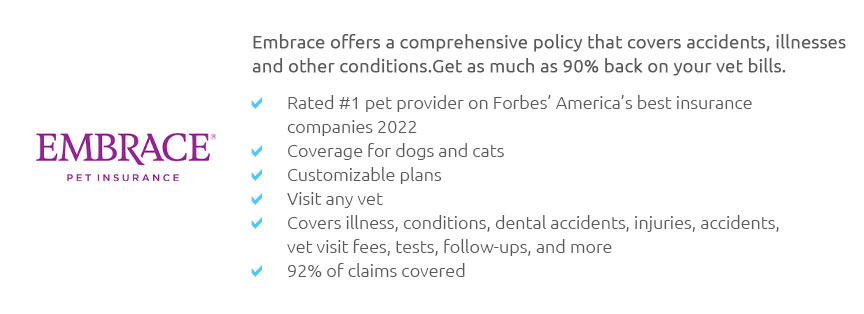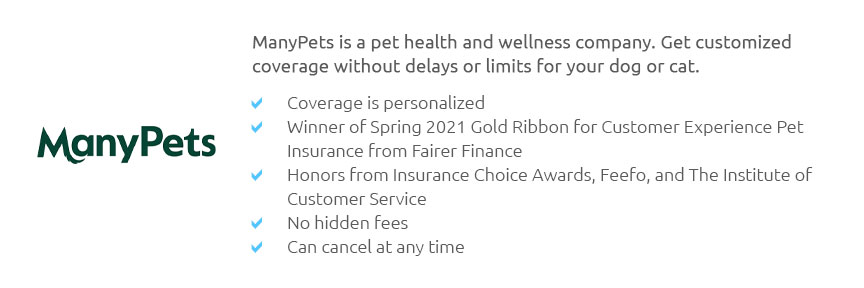 |
 |
 |
 |
 |
 |
|
 |
|
 |
|
 |
|
 |
|
 |
 |
 |
 |
 |
 |
 |
 |
Understanding Dog Health Insurance Prices: A Comprehensive GuideIn today's world, ensuring the well-being of our furry companions has become a priority for many pet owners. As a result, the topic of dog health insurance has gained considerable traction, sparking interest and sometimes confusion. Navigating the landscape of dog health insurance prices can be daunting for the uninitiated, but this guide aims to demystify the subject and offer practical insights. To begin, it's important to understand what dog health insurance entails. Essentially, pet insurance operates much like human health insurance, covering various medical expenses that might arise due to illness or injury. However, the prices and coverage plans can vary significantly based on several factors. Factors Influencing Dog Health Insurance Prices Several variables play a crucial role in determining the cost of dog health insurance. One of the primary factors is the breed of the dog. Certain breeds are predisposed to specific health conditions, which can affect insurance premiums. For instance, breeds such as Bulldogs or German Shepherds might have higher premiums due to their susceptibility to certain ailments. Age is another critical factor. Puppies might be cheaper to insure due to their overall good health, whereas older dogs could incur higher premiums owing to age-related health issues. Geographical location also influences costs, as veterinary prices can vary from one region to another. The Impact of Coverage Plans The extent of coverage plays a pivotal role in pricing. Basic plans typically cover accidents and sudden illnesses, while more comprehensive policies might include routine care, vaccinations, and even alternative therapies. While opting for broader coverage could provide peace of mind, it naturally comes with a heftier price tag. Deductibles and Reimbursement Levels When assessing insurance costs, it's crucial to consider deductibles and reimbursement levels. A higher deductible often translates to a lower monthly premium but requires the owner to pay more out-of-pocket before the insurance kicks in. Reimbursement levels, on the other hand, determine the percentage of a claim that the insurance will cover, ranging from 70% to 90% or more. Subtle Opinions on Choosing the Right Insurance While the price is a significant consideration, it's essential to evaluate the specific needs of your pet. Opting for the cheapest option might not always be the wisest choice. Consider the potential health challenges your dog might face, and choose a plan that offers a balance between cost and coverage. A thoughtful approach ensures that you're not caught off guard by unexpected veterinary bills. FAQ SectionWhat is the average cost of dog health insurance?The average cost varies widely depending on the factors discussed, but typically ranges from $30 to $50 per month for a standard policy. Is dog health insurance worth it?For many pet owners, it provides peace of mind and financial protection against unexpected veterinary expenses, though it's important to assess your dog's individual needs. How can I reduce the cost of dog health insurance?Consider higher deductibles, tailor your coverage to your dog's specific needs, and explore discounts for multi-pet policies or annual payments. Are pre-existing conditions covered by dog health insurance?Most policies do not cover pre-existing conditions, so it's advisable to enroll your pet while they are still healthy. https://www.reddit.com/r/petinsurancereviews/comments/1e6tf0y/is_pet_insurance_worth_it_and_how_much_does_it/
You will have to choose a deductible you are comfortable with, I think most people go with $250 or $500 and then also you can choose your ... https://www.experian.com/blogs/ask-experian/how-much-does-pet-insurance-cost/
On average, accident and illness coverage for dogs costs $56.30 per month or $675.61 per year, according to the North American Pet Health ... https://www.progressive.com/answers/pet-insurance-cost/
According to NAPHIA, (North American Pet Health Insurance Association), the average accident and illness plan pet insurance premium in 2022 was $53.34 per month ...
|